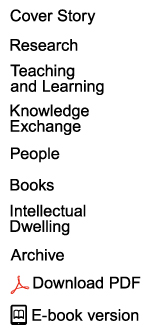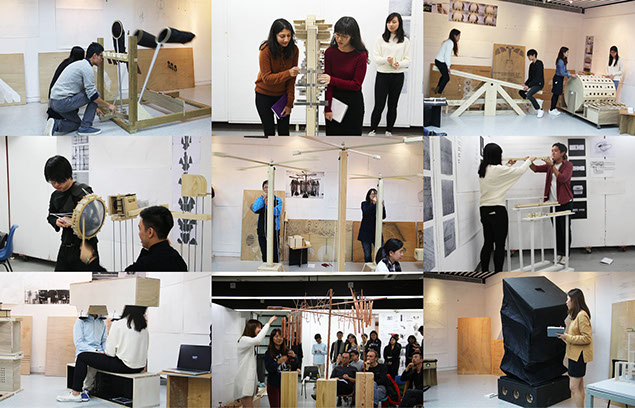
Sound and Space
A unique collaboration between HKU’s Departments of Architecture and Music has resulted in the exchange of knowledge regarding the relationship between sound and space.
The project began in early 2016 when students from the HKU Percussion Ensemble began recreating Harry Partch’s iconoclastic instruments under the guidance of Dr Deborah Waugh, Assistant Lecturer in the Music Department, Dr Eli Marshall from Cornell University and HKU Architecture graduate Jason Chong.
Students performed on their newly-created instruments alongside members of the Hong Kong New Music Ensemble in a concert of Harry Partch’s music at the Asia Society Hong Kong in April, 2016. Their work was brought to the attention of Associate Professor of Architecture Thomas Tsang, who has worked extensively with composers, and led to an exchange of ideas and expertise between the two disciplines.
A collaboration between Architecture and Music was formalised in the summer of 2016, after securing a two-year Interdisciplinary Knowledge Exchange grant, and the project was launched in September with a symposium ‘Towards A Manifesto: Sounding Architecture’. Here, renowned composer Dr Ken Ueno from UC Berkeley, Dr Eli Marshall and William Lane, Artistic Director of the Hong Kong New Music Ensemble, debated and theorised the relationship between sound, space and music with faculty and students from the Departments of Architecture and Music.
The collaboration led to the development of an interdisciplinary studio, which involved 67 year-two Architecture students designing and building musical instruments under the guidance of six teaching staff. The students were encouraged to experiment with sound, shape and materials, and then developed drawings which became blueprints for instruments.
They had practical workshops with Dr Ueno, Dr Marshall, Dr Waugh and Fabrication Laboratory Manager, Donn Holohan, at the Faculty of Architecture. Postgraduate students and faculty from the Department of Music were also involved in providing feedback and suggestions to the Architecture students throughout the process. “The aim was to raise their awareness of sound by helping them invent and build new musical instruments and then see how they sound in different spaces,” said Dr Waugh.
”This aspect of Architecture is often ignored,” said Mr Tsang. “Usually what happens is architects design and inhabit various distinctive spaces, but acoustic engineers work to dampen the sound. We felt we needed to get back to the fundamentals – tactility.”
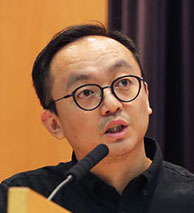
![]() The production of architecture and music inform each other in surprising ways, challenging disciplinary notions of tradition and experimentation, expanding the boundaries of both practices.
The production of architecture and music inform each other in surprising ways, challenging disciplinary notions of tradition and experimentation, expanding the boundaries of both practices. ![]()
Mr Thomas Tsang
Expanding the boundaries
“This project is like an octopus – there are new tentacles emerging all the time,” he added. “The production of architecture and music inform each other in surprising ways, challenging disciplinary notions of tradition and experimentation, expanding the boundaries of both practices.”
Dr Waugh said: “The beauty of the collaboration is the cross-fertilisation. I’ve built instruments before, but getting practical help with design has been incredible. It opens up new possibilities that we would not have thought about. What we are looking for is that ‘surprising connection’.
“There is nothing new about adapting instruments to the space in which they are played. Informally, musicians have done this for centuries – instruments are shaped by the architectural spaces in which they are played, and vice versa. For example, early instruments were developed because they sounded good in theatres, while later ones were refined for the concert hall.
“In a sense,” Dr Waugh continued, “architecture is fixed, but music is portable. As a musician, whenever you go to a new venue you tune your instrument to suit it – be that tuning a violin or doing a sound check for electronic instruments.”
Mr Tsang added: “We are asking questions such as what is music, what is architecture and what are the common themes? In architecture we think about emptiness, in music you add and take things away to define the emptiness.”
“This collaboration is only now really evolving,” said Dr Waugh. “It wouldn’t have happened five years ago. Sometimes it takes a positive happenstance of like-minded people coming together at the right time in the right place. Traditionally, there is no link between the two disciplines – now we keep wondering why did we not think of this before. Architecture and music complement each other in multiple ways.”
The collaboration is the first in a series of experiments relating music and architecture, and sets up a framework for future knowledge exchange activities that will take place at the Bi-City Biennale of Urbanism and Architecture (UABB) in Shenzhen and Hong Kong in December this year.
The Hong Kong New Music Ensemble and HKU Percussion Ensemble performed the concert Genesis of a Music: The Genius of Harry Partch at the Asia Society Hong Kong in April, 2016.
The HKU Percussion Ensemble and Hong Kong New Music Ensemble (HKNME) rehearsing a Harry Partch work in HKNME’s studio.
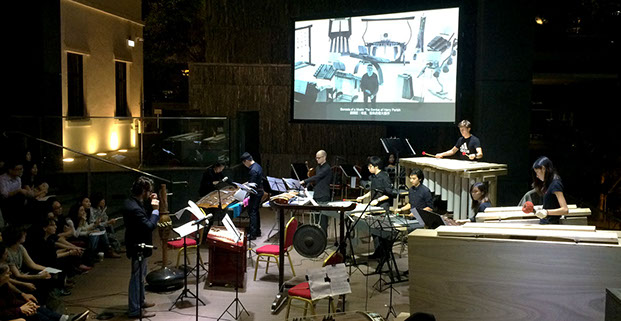
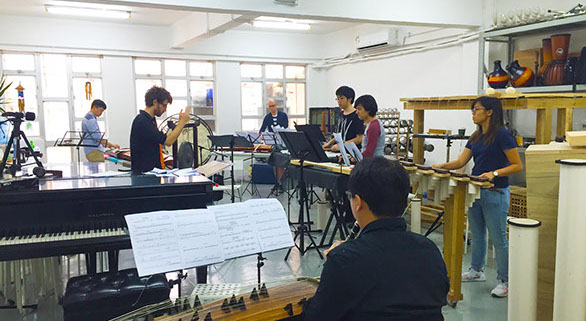
The Sounding Architecture project aims to exchange knowledge between the Departments of Architecture and
Music in the design and production of new musical instruments as inspired by the theory and practice of
architectural furniture.
Next
Back

